Window into the Past (1) - Poetry in Rain
I'm going to try a new type of regular post - 'Window into the Past'.
It could involve photographs, film footage, music ..., and be documentaries, performances, movies, animations ... . Looking well back being the unifying thing.
We'll just see how it goes - I've got my yawn-o-meter up high to closely monitor reactions!
So the first window is an 'evocation poetique' of the transformation of a city by rain, made in 1929 by Dutch film-maker Joris Ivens ...
... who is better known for anti-fascist and anti-imperialist propaganda films, such as 'The Spanish Earth' (1937) with Ernest Hemingway as talking head, and, much later, '17th Parallel: Vietnam in War' (1967).
His 'Regen' ('Rain') begins with the city in sunshine ...

... and often shown in less than then conventional film angles, such as the over-head down shot onto street traffic with cut off images ...

The central protagonist of the film is introduced but in the context of this sunshine ...

Then clouds gather ...

... and winds begin to blow ...

... with the increased urgency of people to be inside expressed in close-up shots of rushing car wheels ...

... and hurrying feet ...

... and the flurrying of birds in the sky ...

The rain first arrives in drops in a puddle which also catches the source (the sky) in reflection.

People test for the imminence of the downpour ...

... and in half image ...

... and react in close shot ...

The rain increases ...

... with an umbrella response, again in cut off but now in back side angle ...

Roads are shown more and more watery, in another cut off ...

... and umbrellas too but now in down shot ...

... and reflected in puddles ...

The sense of urgency to be indoors is expressed in tight shots on ever hurrying feet and even faster spinning bicycle wheels on ever wetter streets ...


Drain pipes gush ...

Scenes are shown from unusual perspective, such as the inside of a moving tram ...

... and through the water stained window of the driver's compartment...

... and then from under an umbrella ...

The downpour and the umbrellas increase ...

... and water sluices over roof tiles, drips off signs and is blown across window panes ...




Streets flood and visibility dims ...

... in the longer shot now necessary after so many tight ones.
Then the storm begins to pass. And skies clear.
The turn of events is told in small detail. The lids on barrels, the running boards on cars and pavements become less rain spatted.



The story is often told in reflection, such as the now slower moving umbrella-ed man in the mud guard of a car ...

Those in the outdoors become less hurried. Water no longer cascades from the rail it did earlier ...

Ground-lying water is again mirror-like and reflecting back the world ...

... and steps, in cut off and long shadow, are now calm along a drying pavement ...

Then a long shot to tie everything up, but which seems curiously old-fashioned in contrast with what's come before ...

The content is seemingly so easily and clearly expressed in new and newish ways of telling, and in innovative film techniques.
The camera is often on-the-move and in the moving action. There's the extensive use of cut off where only part of things is shown, something the Impressionists had explored in paint in the 1880s. There're the very tight shots, from new angles, such as side back. And the focus on telling detail rather than the broad panorama.
The world reflected works particularly well here as it uses one on one of most characteristic properties of the central protagonist of this piece, water.
I love 'Regen' though can understand it may well be dismissed by those who more greatly value Joris Ivens' later politically proselytising work.
But for me there's still a lot to be said for the poetry of a rain storm!



![C18 Bronze Buddha [Southern China]](http://4.bp.blogspot.com/-pg5AYBcdb0k/VY-W9bzdjcI/AAAAAAAAE4U/pxWiGKSBIls/s1600/Buddha%2B%255BBronze%252C%2BC18%252C%2BChina%255D%2B1.jpg)




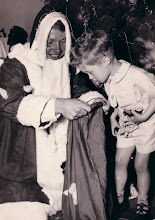






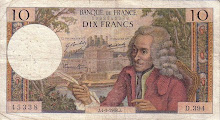
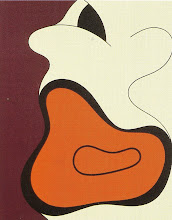+1998+Cropped.jpg)
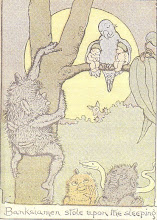
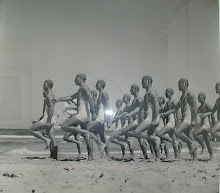
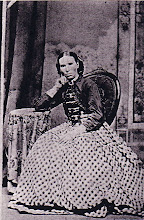



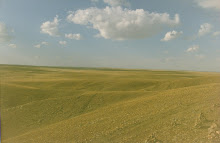



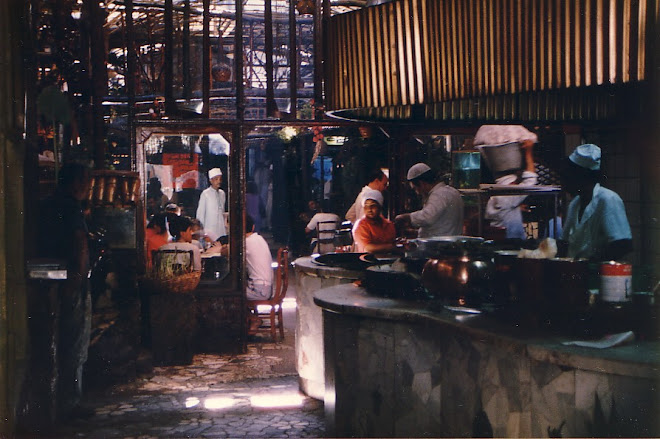

No comments:
Post a Comment